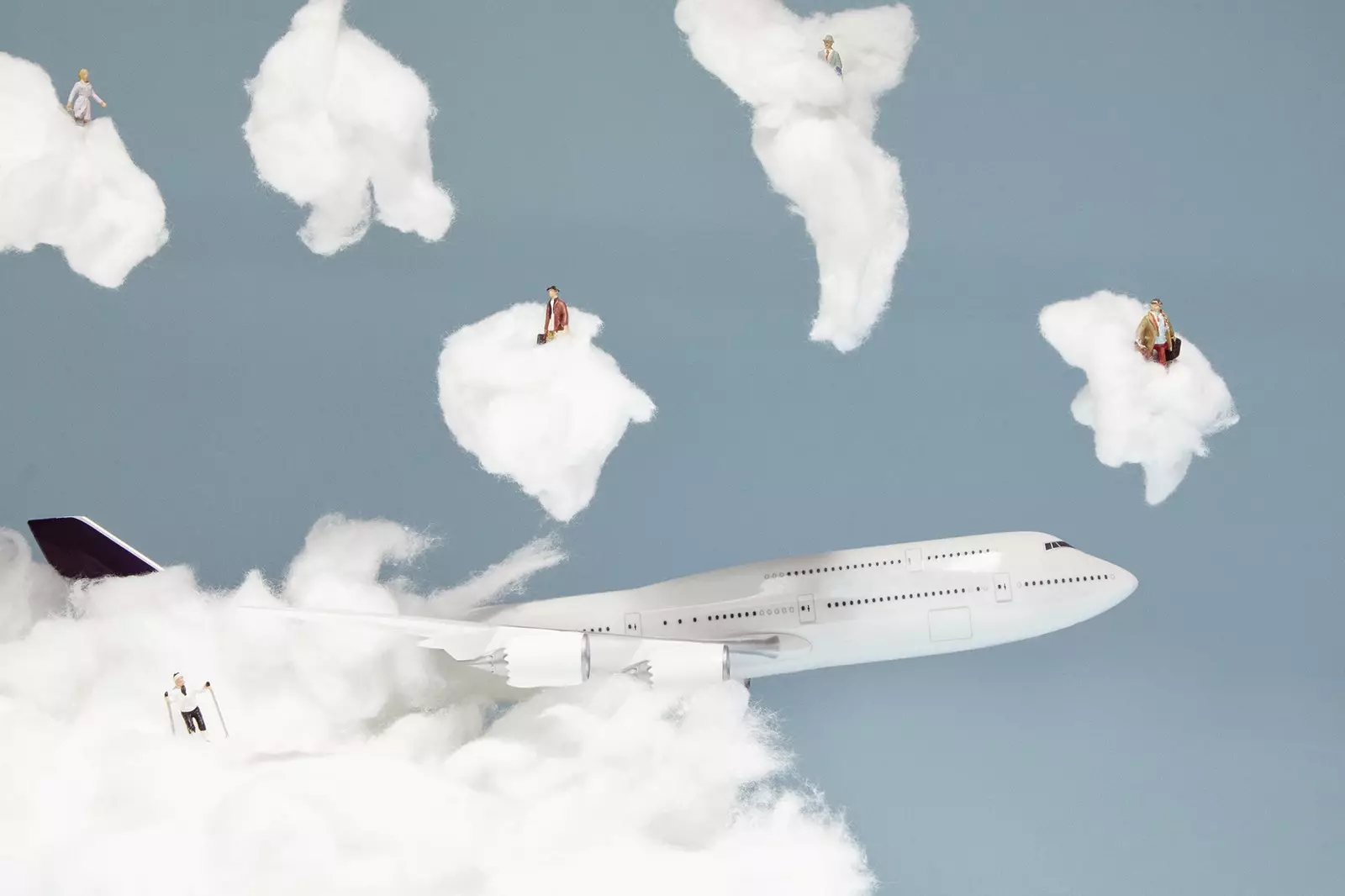
Aerial emotion: this will be traveling by plane in 2021
With the vaccine being distributed and the world of travel being so flexible, The sector is already showing the first signs of recovery. As a result of the intense work of the main agents of the tourist value chain, airlines today have a special role thanks, among other things, to its elasticity.
How we will fly in 2021 is still unknown, but we will do it calmly, safely and in the most efficient way possible It is a maxim that aviation seems to have achieved: entering the runway for takeoff.
THE FUTURE WILL BE SUSTAINABLE
In 2019, aviation was the cause of the emission of more than 915 million tons of carbon dioxide (2% of total global emissions), And that's assuming that today's jet planes are more than 80% more fuel efficient than the first planes of the 1960s.
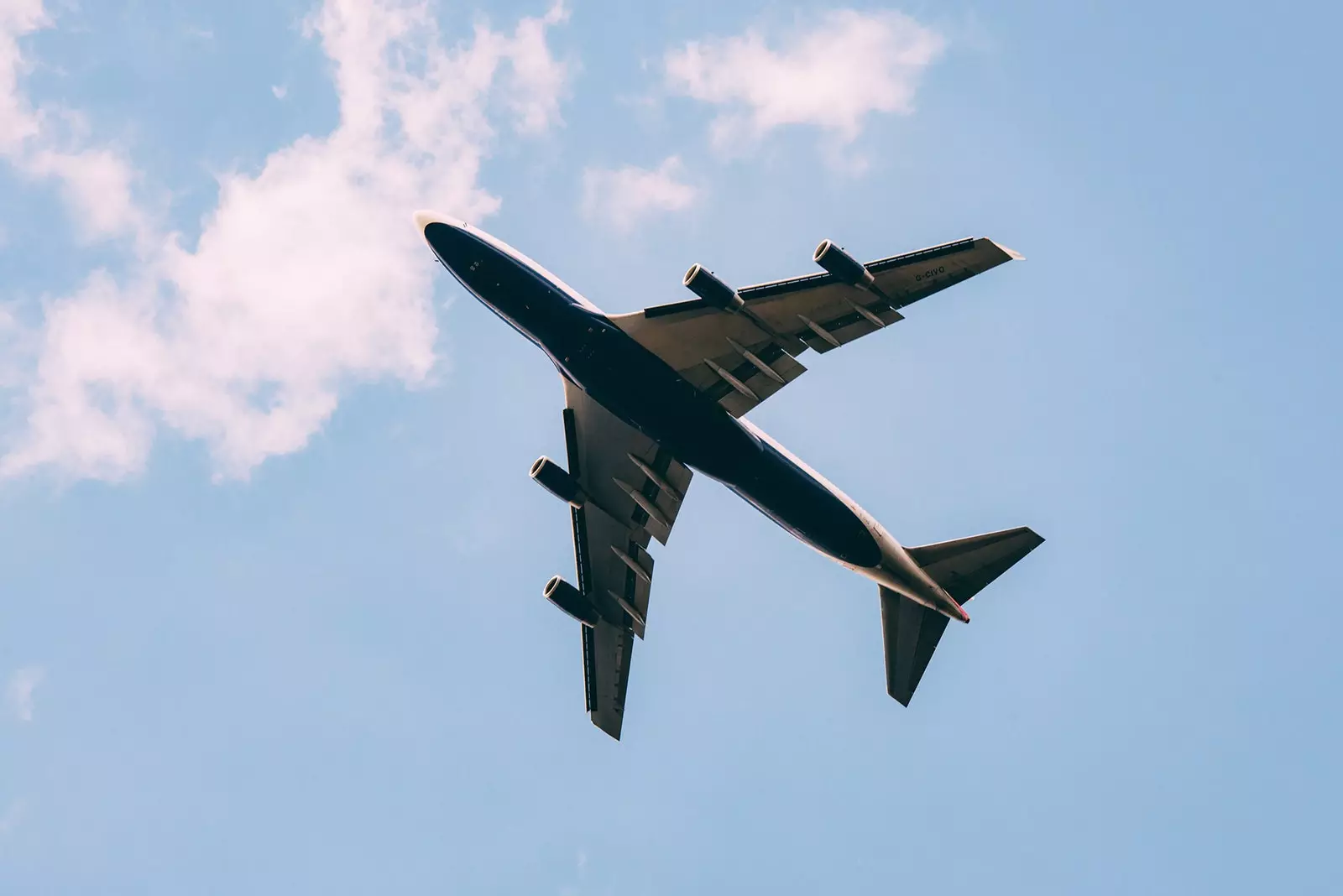
The future of aviation is about being sustainable
Fortunately, a lot has changed since then, and much more will change from now on, because at last the sector has stopped talking about sustainability as a trend to make it a reality; today the new aviation models not only watch over their passengers, Also for the planet.
to the commitment of IATA (International Air Transport Association) to achieve a 50% reduction in CO2 by 2050, now it is the airlines who pick up the baton to carry it out. Many of them have launched campaigns to offset carbon emissions, such as Push for Change, from Finnair, or CO2ZERO, from KLM. And, although some doubt its effectiveness, the truth is that the commitment is firm, So much so that even IAG (British Airways, Iberia, Air Lingus...) has signed a zero carbon emissions pact by 2050.
But how to achieve it? Experts affirm that the key to meeting the challenge lies in, in addition to the designs of new aircraft models, biofuel. The use of biofuel could reduce the carbon footprint of airlines by up to 80% but, unfortunately, at the moment its price is so high that it is inaccessible in many cases. For this reason, airlines such as KLM have announced that they are going to participate in the launch of the first biofuel factory to open in Europe, which will be in the Dutch city of Delfzijl and which It should open in 2022. If Mohammed doesn't go to the mountain...
WITH INNOVATIVE COMFORT ON BOARD
Boeing 787, Airbus A350, Airbus A320 Neo... These are some of the planes with names and surnames born as a result of the firm commitment of the main manufacturers to innovation, sustainability and, of course, comfort on board. For Iberia Express, for example, the last Spanish airline to incorporate units of the 'neo', having units of this type of aircraft in its fleet ensures the reduction of important indicators, such as fuel consumption (almost 15% less), as well as CO2 emissions (fifteen%) or NOx (up to 50%).
In the case of long haul aviation, the thing is even more lucid: state-of-the-art technology, less carbon monoxide emission, cabin chromotherapy and the promise, kept, that the traveler arrives less tired at the destination after a flight in one of the most modern aircraft on the market, such as the A350.
And although it is possible that the definitive goodbye to jet lag will not be thanks to this model of plane or its counterpart at Boeing, the B787 Dreamliner, we are going through one of the most exciting moments in the air in decades thanks to these new generation aircraft where barely 57 decibels are reached on board. To all this we must add today a ventilation system, the famous HEPA, which renew the air every two or three minutes, wave improvement of cabin humidity level.
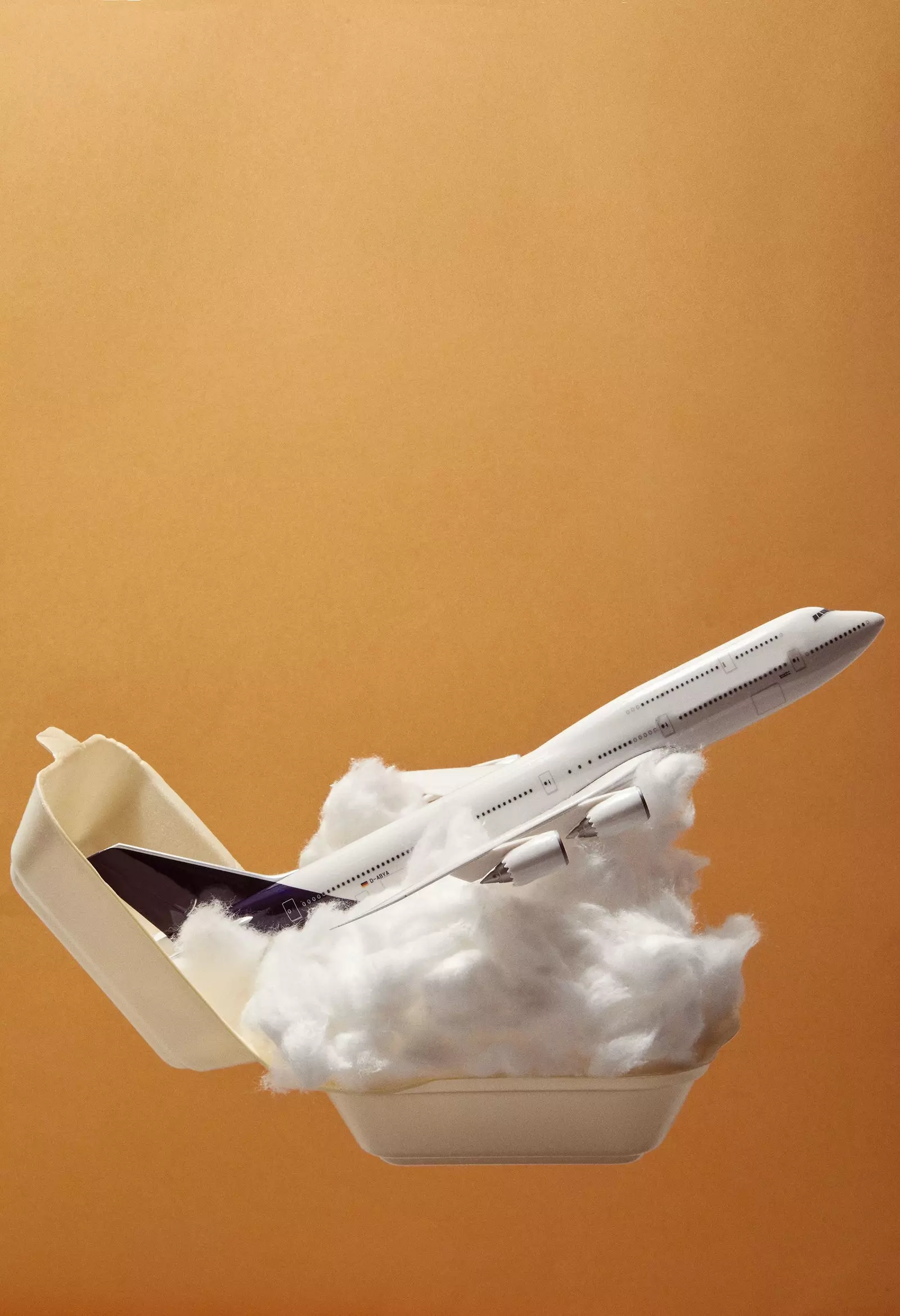
We welcome new gastronomic proposals
In these new model aircraft the windows are panoramic and the lighting is based on LED lights and varies depending on the time of the flight (mood lighting) which, according to experts, helps combat the time change.
The A350-900 it is a plane that flies higher than normal (it is also wider) and can afford to go faster. Across the Atlantic, from Boeing factories, experts and pilots define the 787 Dreamliner with one word: efficiency. Flying, now, is a pleasure.
WHERE YOU EAT VERY WELL
Traveling aboard an airline's economy class in the 1970s meant having at our disposal a selection of French wines to enjoy with a hot broth, a fish dish accompanied by some roast potatoes and even pudding for dessert.
In the years when the mythical Pan Am crossed the skies, long-haul flights always took off with cocktails such as a Manhattan or a Whiskey Sour, followed by appetizers and a whole menu that many restaurants on the mainland already wanted. Those were the golden days of aviation, those of opulence, glamor and luxury that replaced a non-existent on-board entertainment with lavish feasts.
But the glory days of free-flowing champagne and canapes turned out to be unsustainable with air deregulation, that made commercial aviation become mass transportation.
Half a century later we will never reach those standards, because they are unsustainable to begin with, but we do welcome new gastronomic proposals such as the one that the Spanish airline Iberia already serves on board its planes, and that is the fruit of his new collaboration with the most prestigious 'air' catering, Do&Co. Flag bearer of the Spain brand in the air, the airline bases its new commitment on Mediterranean diet and fresh products (in fact, not a single frozen vegetable enters Do&Co's kitchens, not even cut ones) and they try to all products are local and, of course, seasonal.
With the recent change of presidency, customer satisfaction is once again the top priority of the Spanish airline who, aware of the delicate moment that aviation is going through, raises the air value bet to try to encourage sales, and does it as best he knows, putting long teeth on us with dishes like a salmon tartare with Japanese rice on a light wasabi cream or a roast beef with hummus cream. Gastronomic excellence is completed with new crockery and table linen that passengers have the pleasure of enjoying even on short-haul flights.
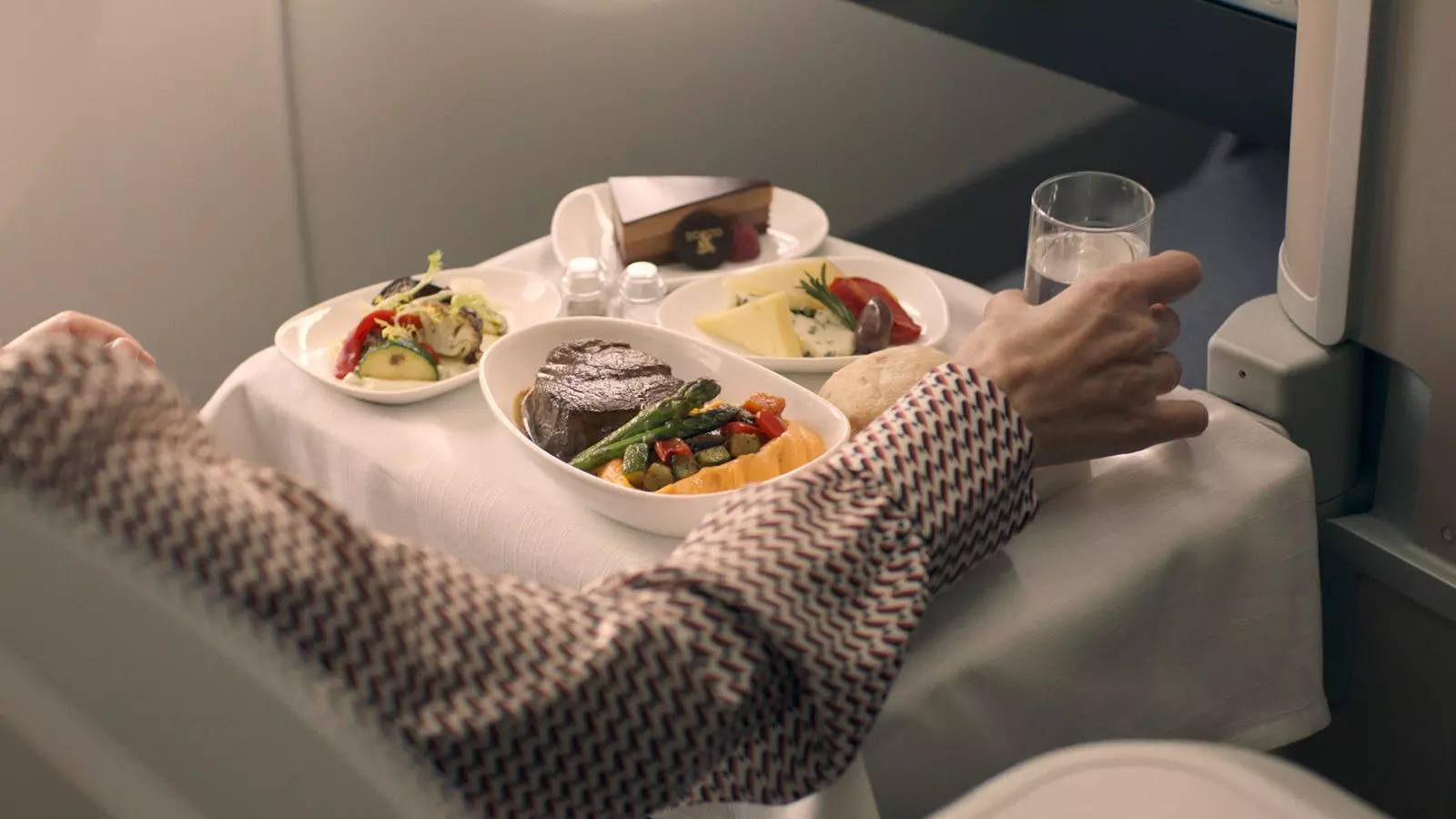
Iberia
AND REST IN LUXURY. THE BUSINESS CLASSES:
In a plane, the democratization of the tourist class is indirectly proportional to that of its executive class; while in the first you have to try to accommodate yourself, so to speak, in dwindling seats, eat directly from a container, wine is served in plastic glasses and knives do not cut, the paradise of luxury lies on the other side of the curtain. And it is that behind that curtain that separates the business class from the tourist there is another world: seats that turn into beds, porcelain tableware, champagne, Iranian caviar, silk sheets and even chefs on board, as in the case of Turkish Airlines (whose catering is also from Do&Co).
And although 2020 will not be remembered as the year in which we traveled comfortably lying down in the best seats, and even in the best business class suites, it is not a matter of disregarding what has been achieved so far, a moment in which it is even feasible. take a shower at 38,000 feet if you are an Emirates airline first class traveler. And even without a shower, Qatar Airways proudly displays its award for the 'Best Business Class' in the world and looks askance at the rest of its competitors from its brand new business class concept, the QSuite.
Risky but successful, the Qsuite is a revolutionary experience never before seen in an executive, something that has catapulted the Qatari airline to the height of luxury (and awards). But what is a QSuite? Well, as its name suggests, a suite with a double bed and privacy panels that act as dividers, allowing passengers in adjoining seats to create their own room, double or quadruple. Adjustable panels and mobile TV monitors in the center of the four seats allow friends, colleagues or family to travel together and transform the space into a kind of private suite in the air.
NOT ONLY FLIGHTS: THE LOUNGE
Something is changing in airports around the world. Major airlines are no longer just concerned that their passengers are well during the time they spend inside their planes. Fierce competition, coupled with the need to continue innovating, has reinforced the commitment of airlines to improve the user experience on land and, according to the latest developments and investments, it seems that things are working.
The VIP lounges have gone from being quiet retreats for suited businessmen to become places where you even want to make a stopover and consider the journey begun.

Airlines also care about improving the user experience on land
Some rooms, like the new Air France VIP lounge offers a spa, relaxation areas, signature cocktails or spaces for families with children. Well-being, haute cuisine and even a sauna, such as the Finnair lounge at the Helsinki airport, are some of the main attractions of these oases in the midst of the chaos that traveling through an airport sometimes entails.
There are many examples of good lounges, but one of the best, most exclusive and most versatile is the one that represents the flagship of Air France, your lounge in Terminal 2E at Paris-Charles de Gaulle airport. Among all the corner spaces with a Parisian soul and impeccable presentation, one of the most striking is the balcony, created by designer Mathieu Lehanneur. This kind of bar, where exclusive cocktails created by the Lancaster hotel in Paris are served, it is inspired by the Paris Opera, however, the seats are like little boxes where you can also enjoy the show.
Another newcomer has been the KLM Crown lounge, which has a capacity of a thousand people and, pandemics aside, is already operational. This macro room located in the non-Schengen area of Amsterdam Airport Schiphol is divided into five spaces designed to cover some of the greatest pleasures, such as relax, eat or have a drink, have fun and even dine in the jewel in the Dutch crown, the Blue restaurant, by Michelin-starred chef Joris Bijdendijk.
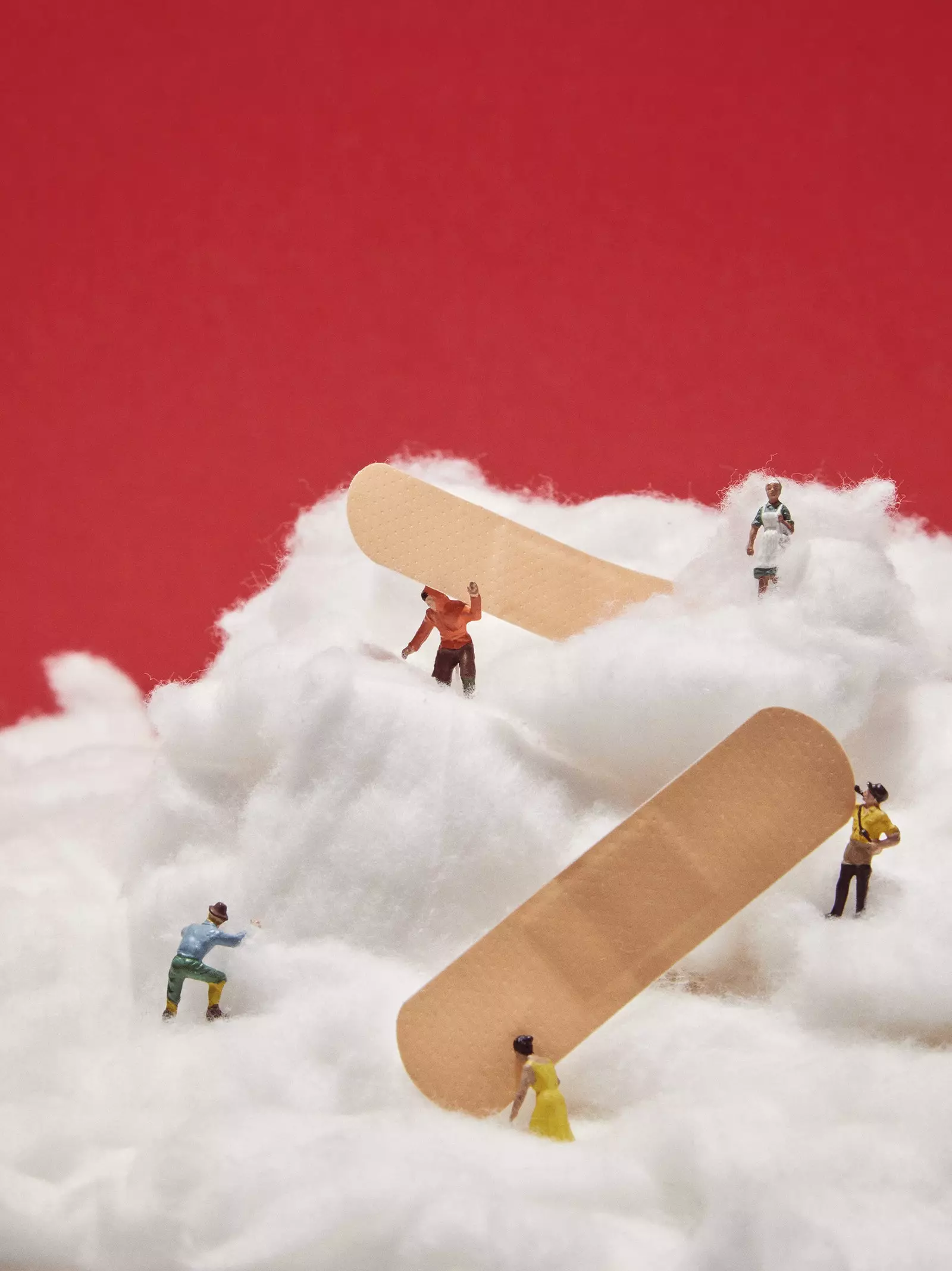
There are twice as many chances of winning the lottery as of catching Covid-19 on a plane
...AND A GLOBAL PANDEMIC ARRIVED
They all impose fly with mask, and some, like Qatar Airways, already use Honeywell technology to the cleaning of aircraft cabins by ultraviolet rays; It is required social distance when boarding, and other airlines, such as Delta, are clear that at least until March 2021 they will continue blocking the center seat of their planes (which means flying at no more than 77% of its capacity). Service food and drink on board slowly starts to restart and movements in the cabin – such as queuing for the bathroom – are still not allowed.
These are some of the most visible measures being carried out by all airlines worldwide to instill peace of mind among their passengers, but there are many others, equally or more important, that are not seen and are fundamental.
That flying is safe is today evidence that has been demonstrated by IATA: only 44 cases of coronavirus have been reported in which transmission is believed to have been associated with air travel, so the risk of a passenger contracting Covid-19 while on board is very low. With only 44 identified potential cases of flight-related transmission among 1.2 billion travellers, is one case for every 27 million travellers, or what is the same, there are twice the chances of winning the lottery than of catching Covid-19 on a plane.
Why? The advantage that airlines have lies in air quality and in the so-called HEPA filters, that allow the cabin air to be renewed every 2 or 3 minutes. HEPA filters extract more than 99.999% of viruses, which guarantees the quality of the air in the cabin and compliance with sanitary standards. Another reassuring fact: Coronavirus-like viruses, whose size varies between 0.08 and 0.16 microns, are systematically captured.
THE AIRPORT OF THE FUTURE
The pandemic leaves us with a different but positive world in many aspects, as is the case of airports, today converted, some of them, into small big cities of the future. Facial and eye recognition instead of fingerprint scan, check-in machines to leave luggage without touching any button, bathrooms with contactless system or technology with ultraviolet light to disinfect conveyor belts are some of the measures implemented by Changi airport in Singapore to reduce passenger contact with facility staff.
Noted many times as the best airport in the world and not only because of its beauty, its facilities or its impressive Jewel Changi Airport (an innovative space that with its design intends to pay homage to the Asian city of futuristic buildings and immense gardens), Singapore's Changi began to implement with the arrival of the pandemic a new biometric system that uses facial and iris recognition technology to verify identity.
Also, the airport already has 160 automated kiosks for billing and let go of the suitcases that work with infrared proximity sensors, capable of detecting finger movements without having to touch the screen.
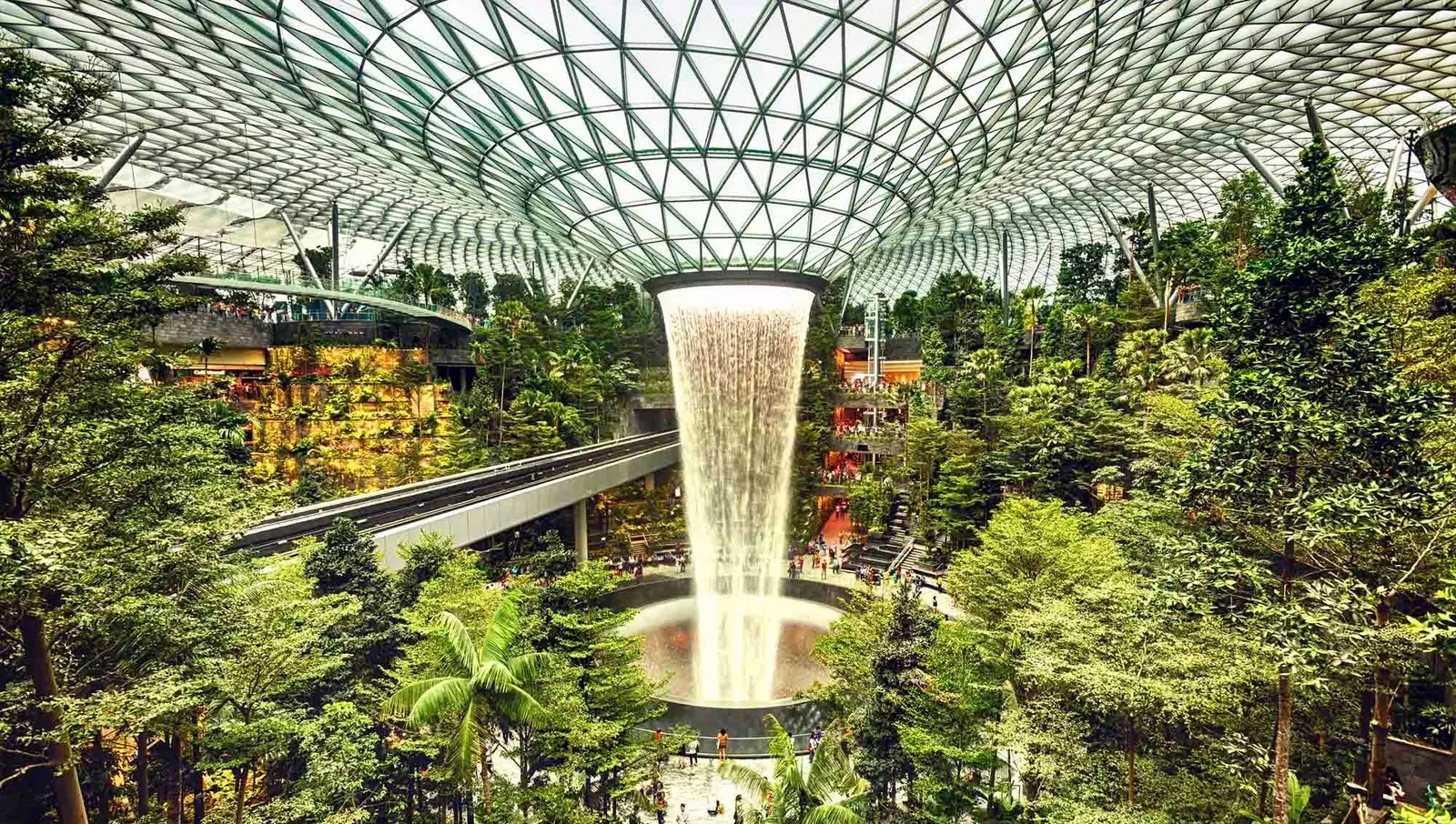
Noted numerous times as the best airport in the world, Changi Airport has already adapted to the pandemic
Measures that may sound like science fiction but that have been in operation, progressively, since April, and that are completed with other somewhat more conventional security standards, such as temperature control upon arrival, the mandatory use of the mask, the safety distance indicated in all common areas of the facilities or the more than 1,200 disinfectant gel dispensers.
Another handicap, that of cleanliness, which the airport has solved masterfully, obviously, using a long-lasting antimicrobial disinfectant or with the use of autonomous robots equipped with the famous HEPA filters, capable of sucking up fine particles, and with a steam accessory that disinfects carpets after cleaning. The future is already here, now yes.
GOODBYE TO THE 'SUPERJUMBO'
What could have been and the pandemic accelerated so that it was not. The end of the 'superjumbos' has come sooner than many of us would have liked, but the truth is that, depending on a commercial model that did not take off at all, Covid-19 only triggered a crisis that had been brewing for a long time.
Called to change the future of aviation, the A380 was born as a result of a prediction, one that said that in a few years, airlines would concentrate their intercontinental traffic from a single origin airport.
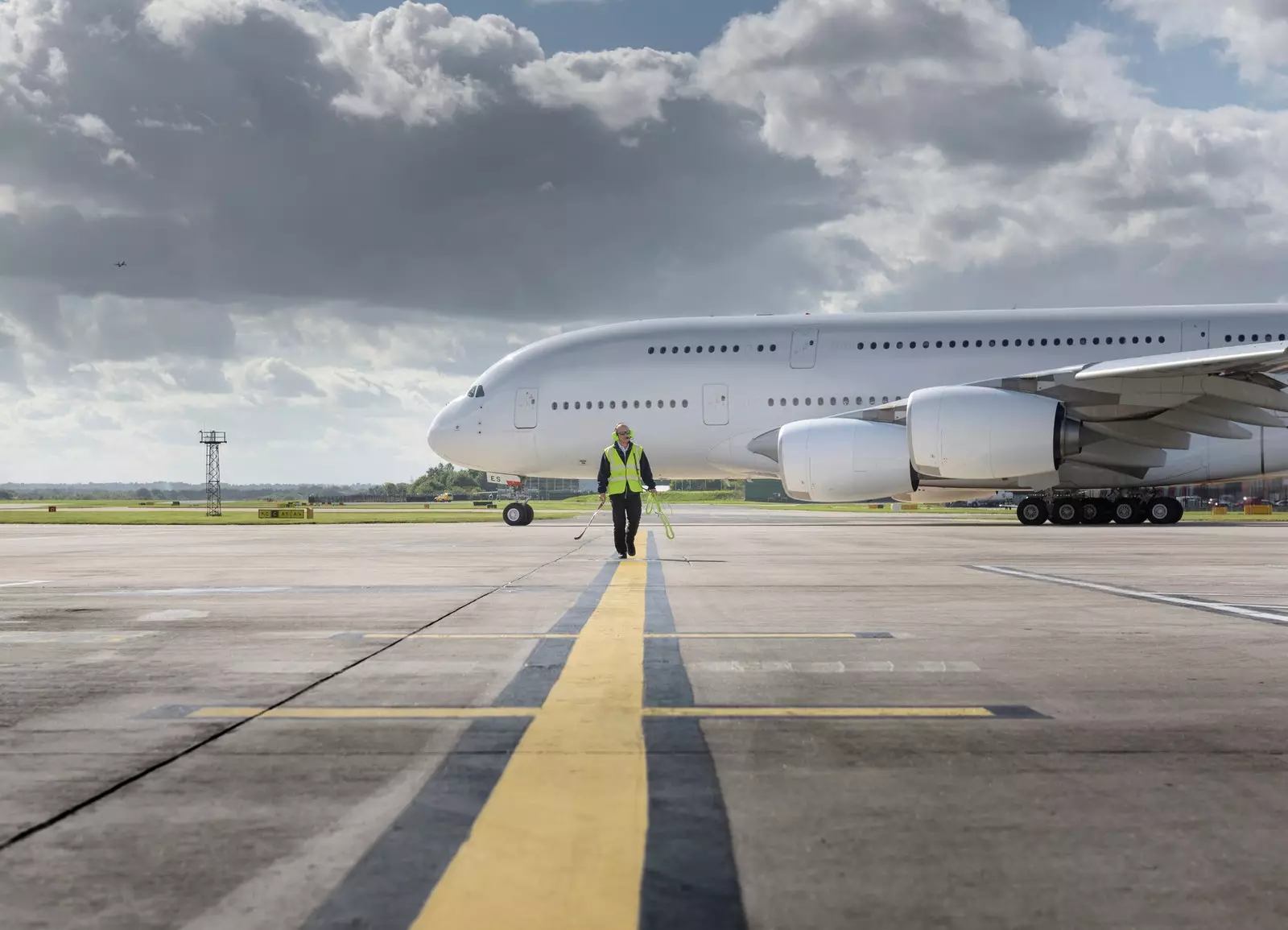
Goodbye to the A380, the plane that could have been and was not
The strategy of these airlines sought to group their long-haul flights in the same airport, which would be fed with short and medium-haul routes. Thus, It was interesting to have a plane as big as possible to take on the airport traffic, and thus become a HUB: all these roaming passengers had to fill out the almost 600 seats (depending on the configuration of the airline) that offered the A380 in its two photogenic bridges.
The theory was perfect, but in practice it turned out that Airbus predictions about this future scenario were wrong and the reality is that passengers have chosen the flight offer that connects any airport with intercontinental destinations directly, that is, the comfort of not making stopovers has prevailed: more routes with less volume of traffic.
And what does all this mean for an airline? well what they don't need such a big plane anymore (basically because they don't have enough traffic to fill it) and now needs pass for something smaller and more efficient. And this is where the stars of current long-haul aviation arrive, the Boeing 787 Dreamliner and the Airbus A350.
And while** Air France has said au revoir to its entire A380 fleet,** others, such as British Airways, have done the same with all its units known as 'Queen of the Skies', the plane that revolutionized the way of traveling and one of the most spectacular aircraft that have crossed the air since its first takeoff 50 years ago. God bless the Queen.
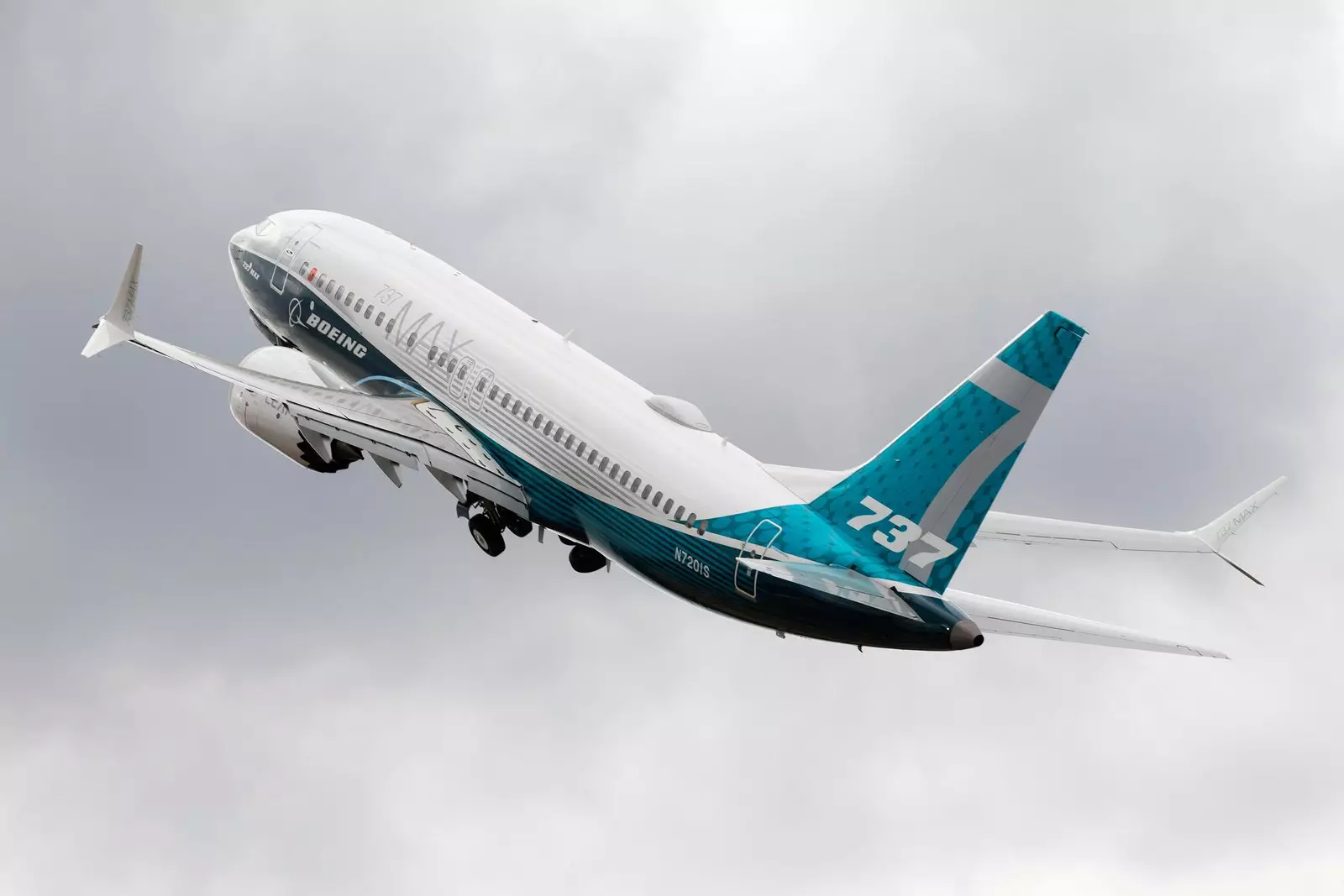
The Boeing 737 MAX flies again
AND WELCOME, B737 MAX
And while some leave, others return, since After twenty months on the ground, the FAA has lifted the veto on Boeing and its 737 Max He is now able to fly again.
The FAA's decision is an oxygen balloon for the American manufacturer and removes some of the uncertainty that has been looming over the Boeing during all this time, but the work that the company has ahead of it will not be easy or fast. rehabilitate its reputation, begin fulfilling current orders for all units of the Max, and handle the sharp downturn in business caused by the pandemic.
And although at the moment there is no scheduled date for its commercial launch, nor haste on the part of the airlines that operate it due to low demand, The decision marks the end of an ordeal for Boeing that has lasted almost two years.
TRANSPORTING THE VACCINE, THE GREAT CHALLENGE
To the challenge of having obtained a vaccine that is effective and safe against Covid-19, we must add that of its delicate transport. IATA has already warned the international community that the safe delivery of vaccines will be the mission of the century for the global air cargo industry. But it won't happen without careful pre-planning, and the time for that is now.
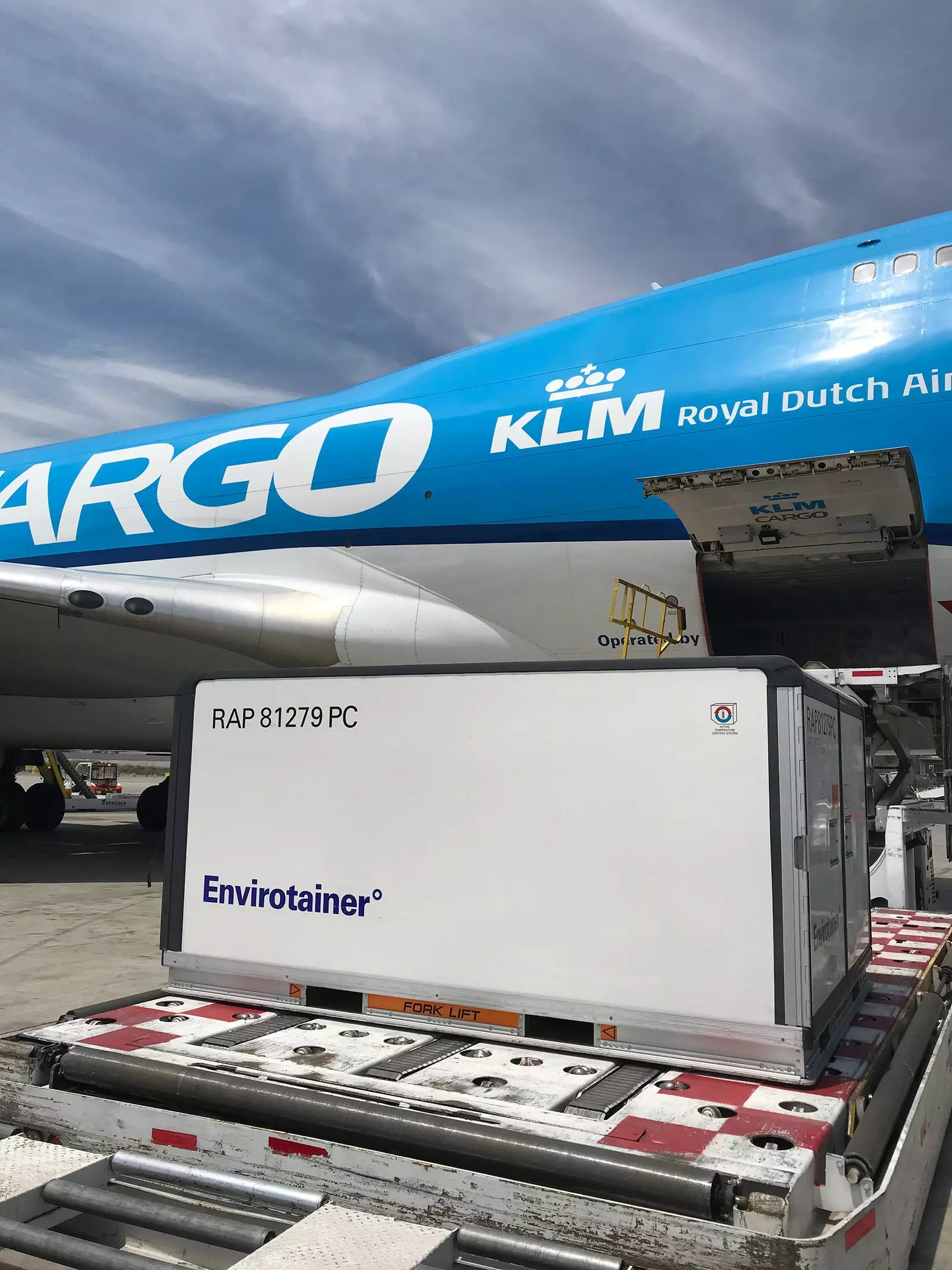
Air France KLM Martinair Cargo has added advanced hybrid and passive solutions to transport vaccines
At the close of these pages, the International Air Transport Association had been urging governments to take the initiative to facilitate cooperation along the logistics chain so that facilities, security arrangements and border processes are ready for the gigantic and complex task ahead. And of course, some airlines have already responded.
This is the case of Air France KLM Martinair Cargo, which has been working for months to adapt your facilities and processes to the challenges of moving vaccines , and who claims to be ready for the challenge. In fact, in recent weeks the company has already has sent the first vaccines against Covid-19 safely, that is, under controlled temperatures and without breaking the cold chain, which in some of them reaches figures below -70 degrees. The action plan created by an Air France KLM Martinair Cargo working group dedicated exclusively to transporting the Covid-19 vaccine is bearing fruit. Aviation always responds.
